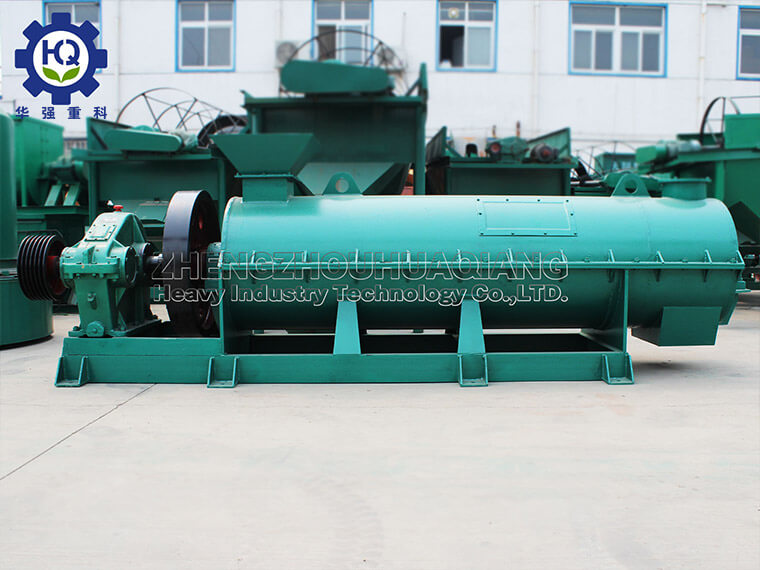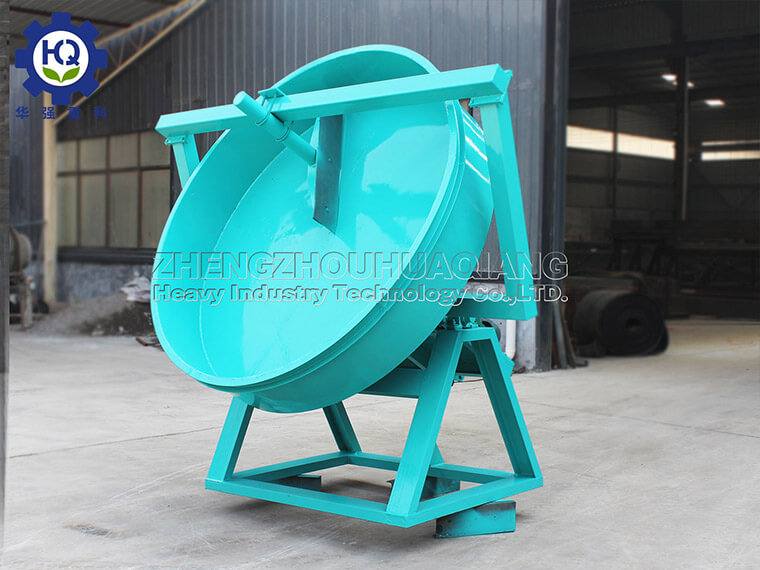Equipment configuration and cost for building organic fertilizer production lines in organic fertilizer factories
Making organic fertilizer is a promising project for many people, but they do not have much understanding of this industry, so it takes a long time to investigate before putting it into organic fertilizer production. The investment in organic fertilizer production can be large or small. If you only consider treating livestock and poultry manure from livestock farms, a fermentation equipment is sufficient;
Many small organic fertilizer factories only need fermentation equipment, organic fertilizer crushers, organic fertilizer mixers, organic fertilizer granulators, screening machines, and quantitative packaging scales to put into production. However, this mode of production requires a lot of human operation, such as manual stacking and drying of raw materials in the early fermentation stage and after granulation..jpg)
A fully equipped organic fertilizer factory only requires five or six people for the entire organic fertilizer production line, which does not require significant investment in manpower, but needs to be expanded in equipment investment. The investment in organic fertilizer is not only in equipment, but also in site and infrastructure construction. Therefore, the investment in organic fertilizer varies from tens of thousands to hundreds of thousands.
Simple configuration of organic fertilizer equipment includes: fermentation equipment, organic fertilizer crusher, horizontal mixer, organic fertilizer granulator, drum screening machine, and quantitative packaging scale. These five equipment can put organic fertilizer into production.
If it is necessary to reduce labor costs, several belt conveyors can be added. In this equipment, manual flipping during organic fertilizer fermentation and drying after organic fertilizer granulation are required.
This simple configuration of organic fertilizer equipment is suitable for use in small organic fertilizer processing plants or breeding farms. Under the premise of small equipment cost investment, it can ensure the normal operation of organic fertilizer production.

.jpg)
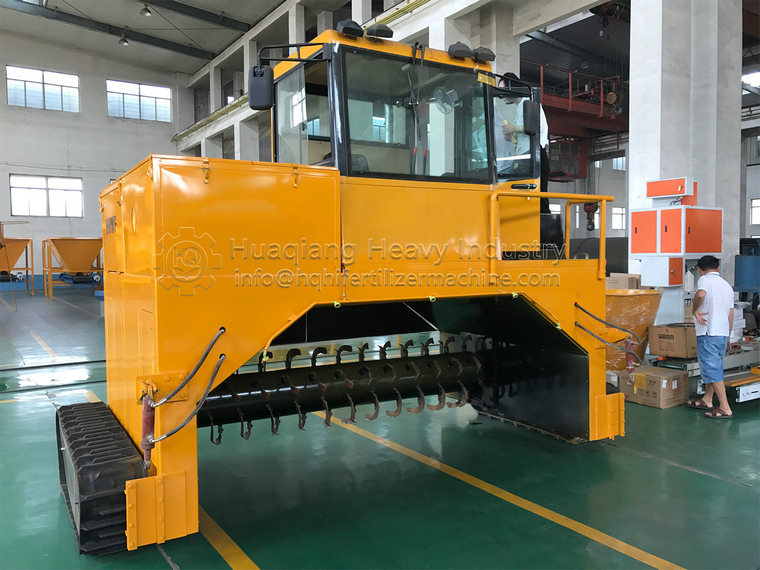
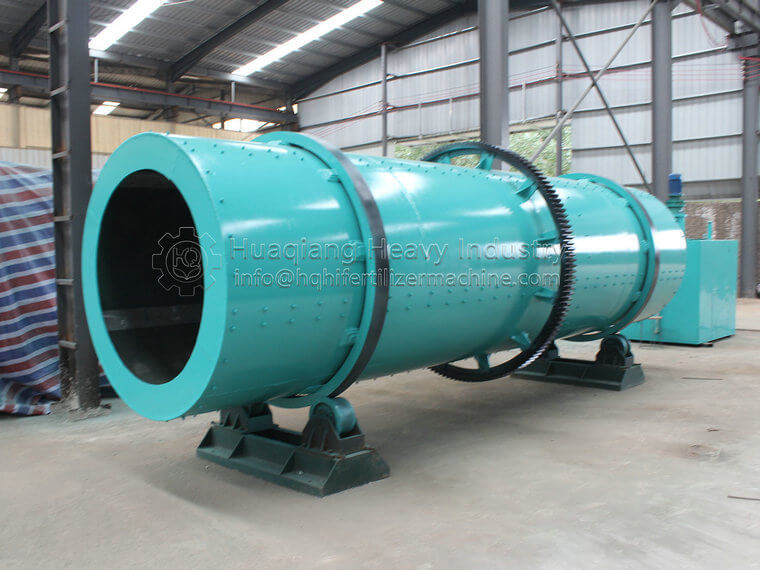
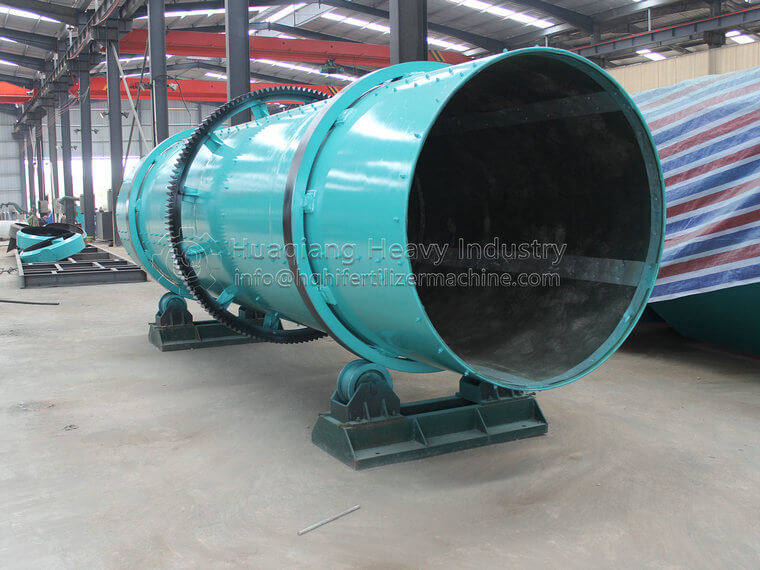
.jpg)
